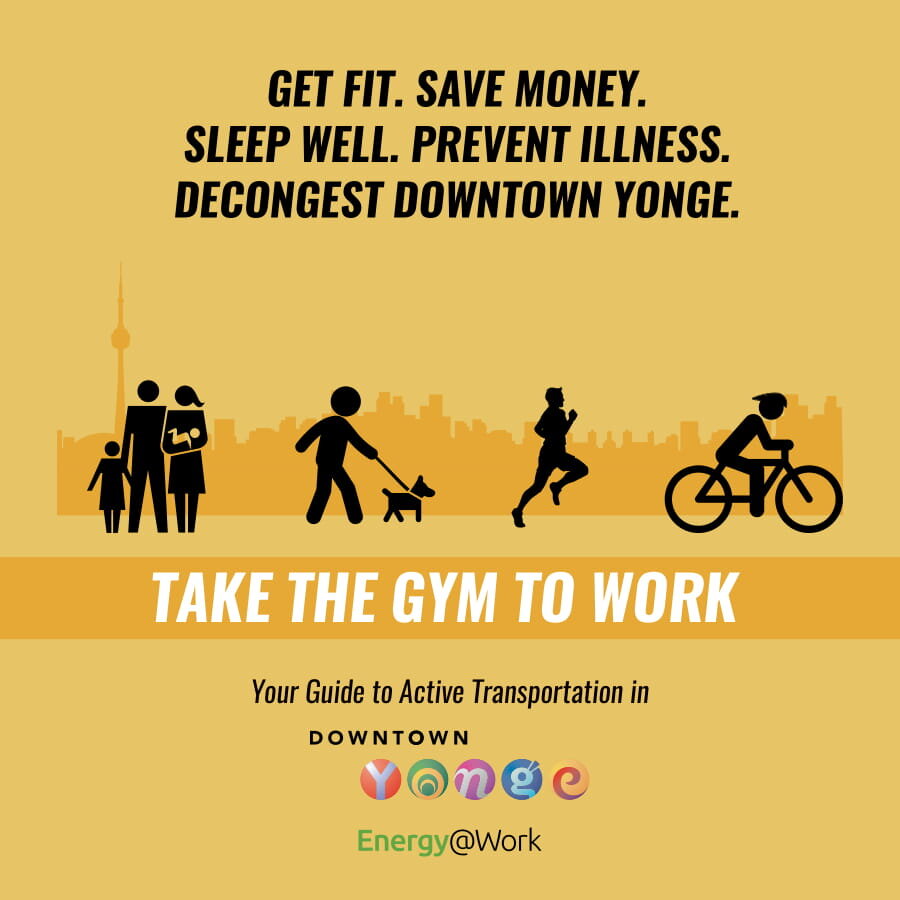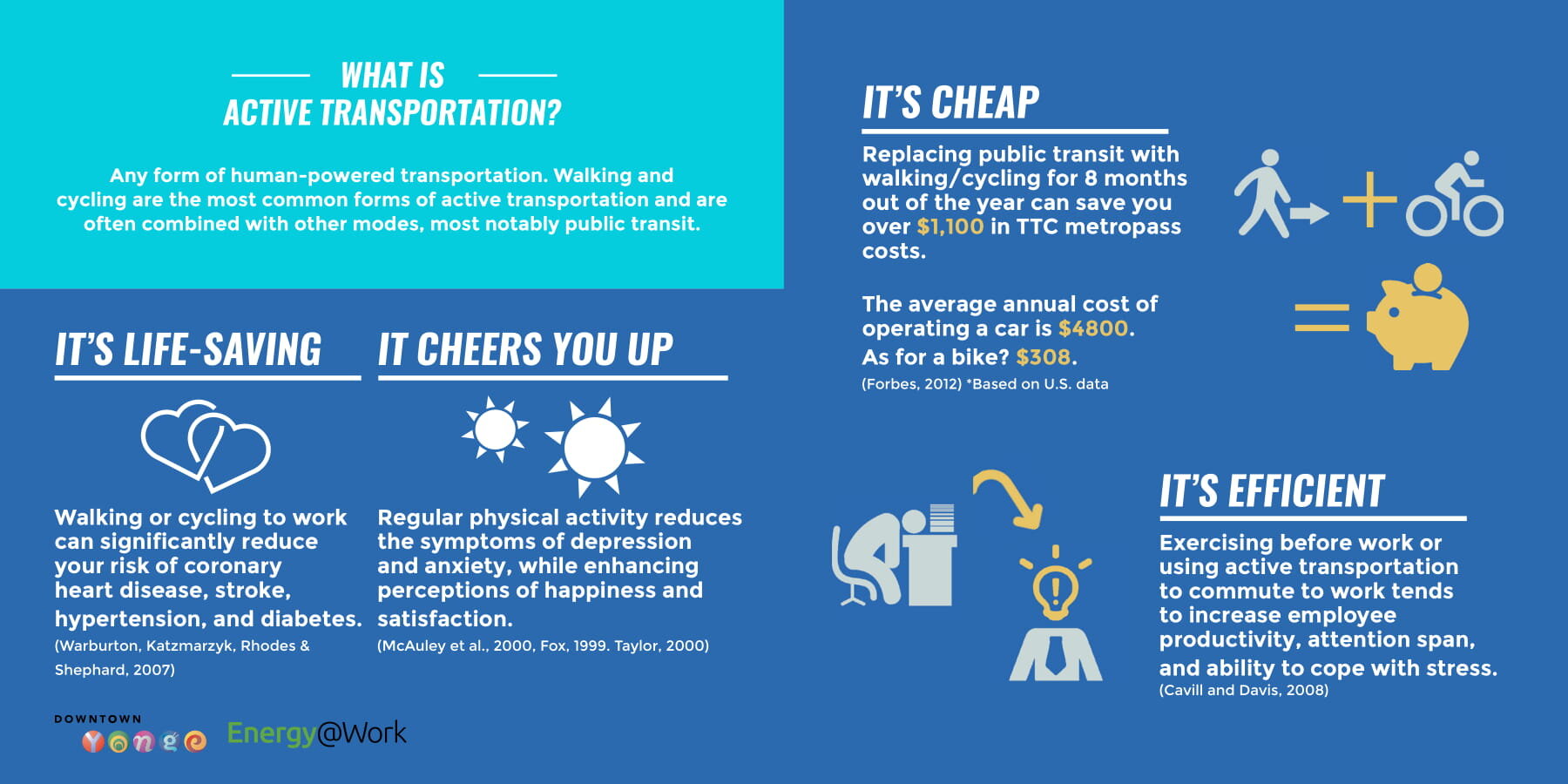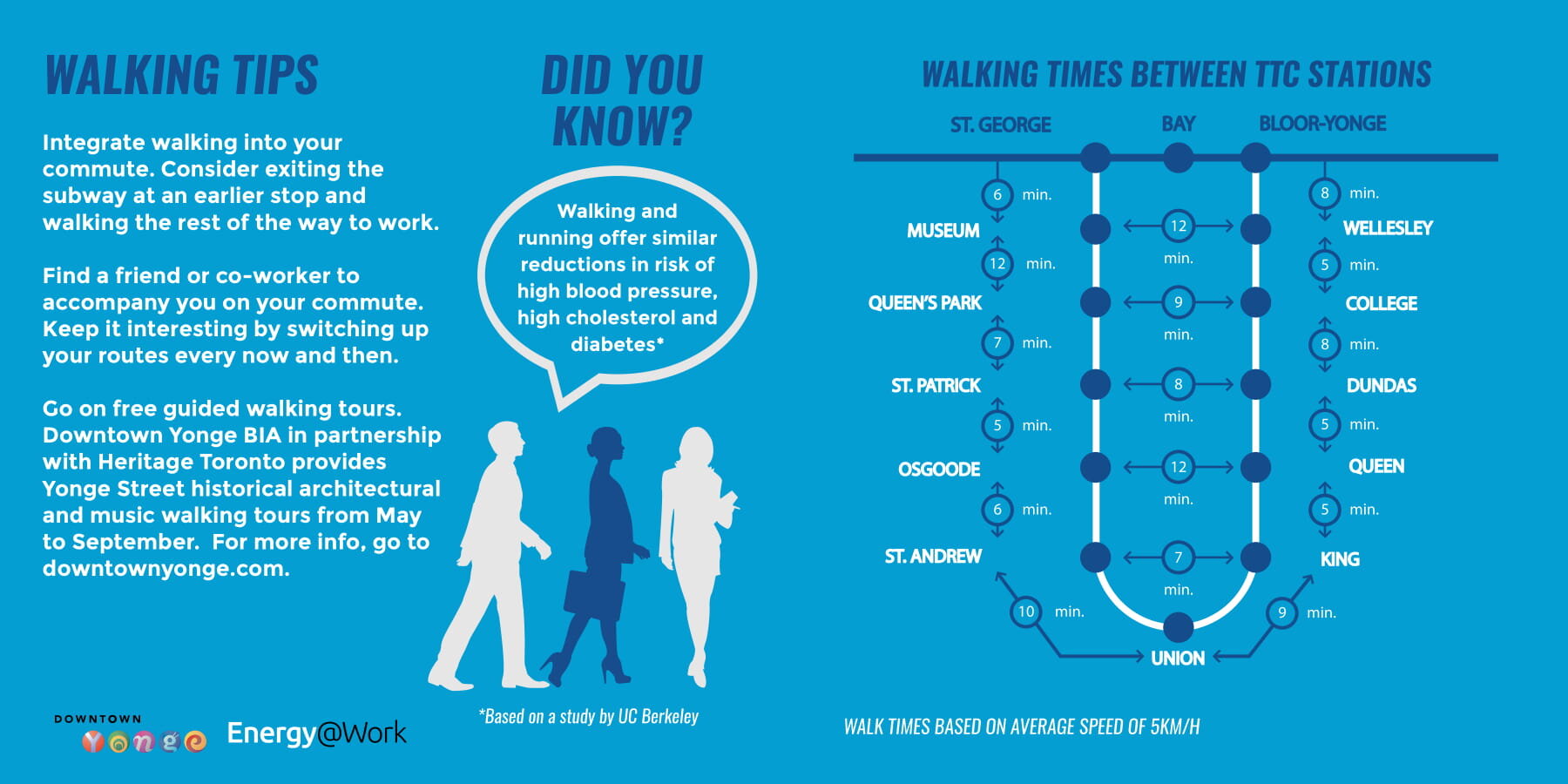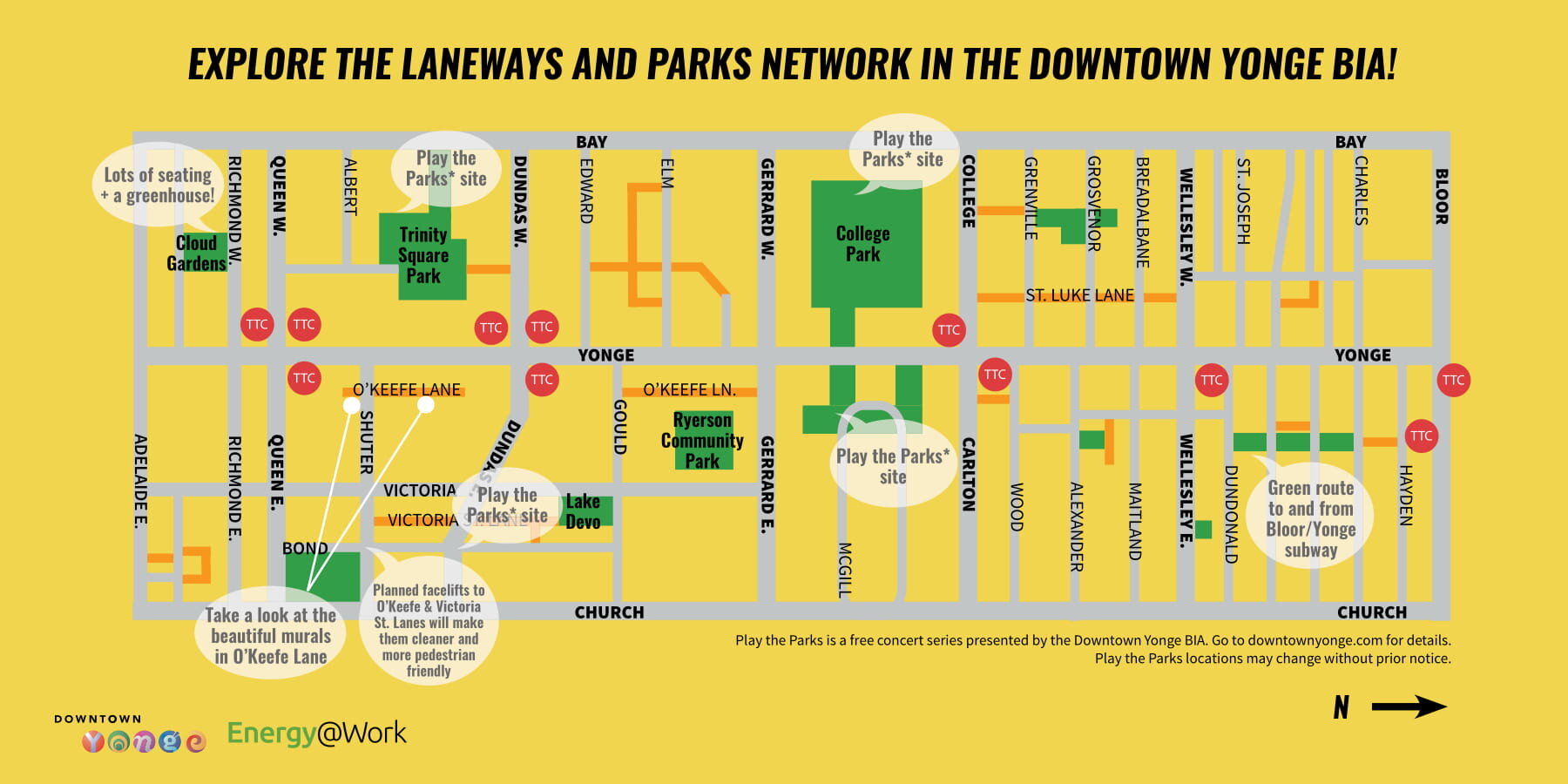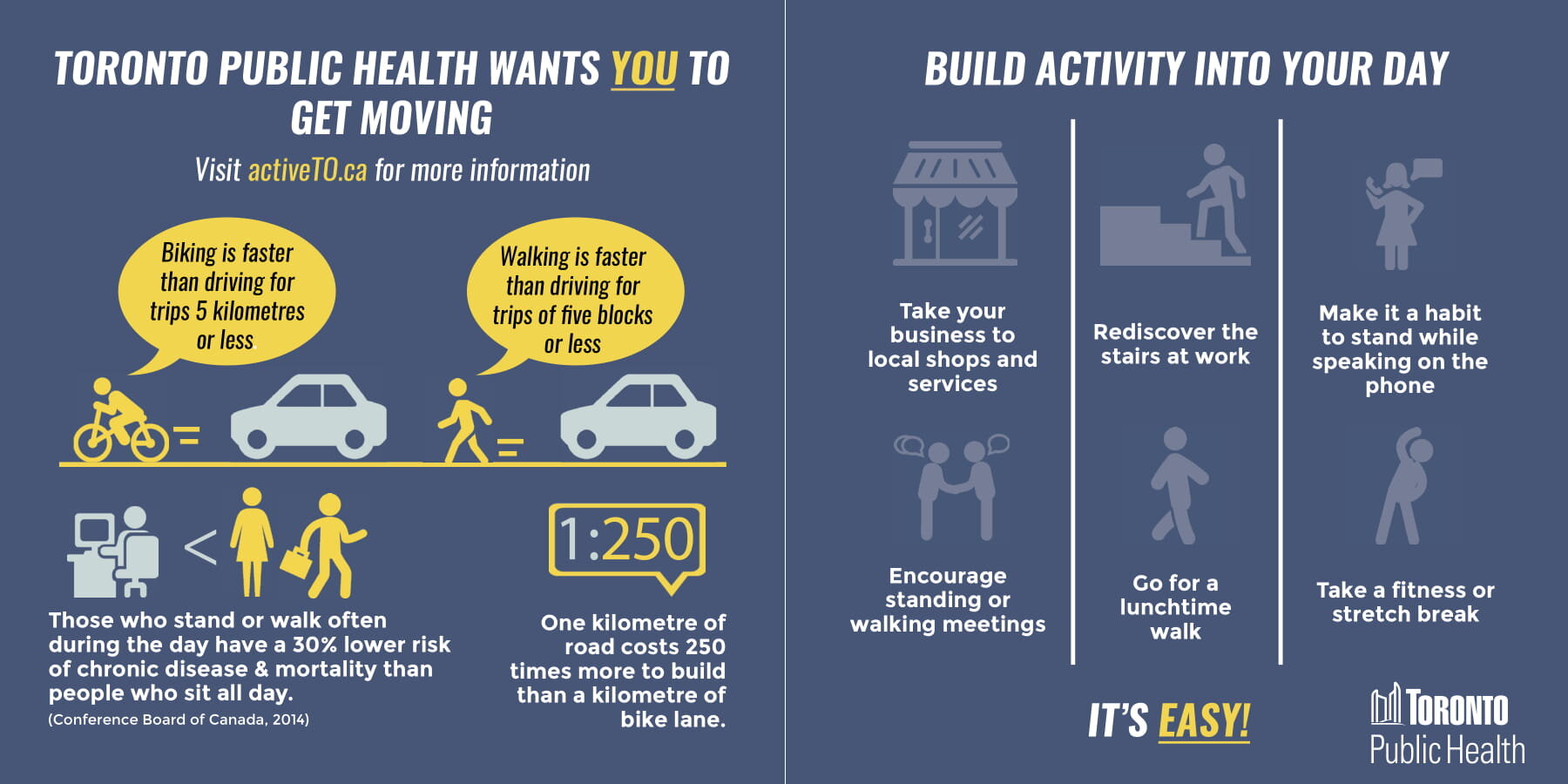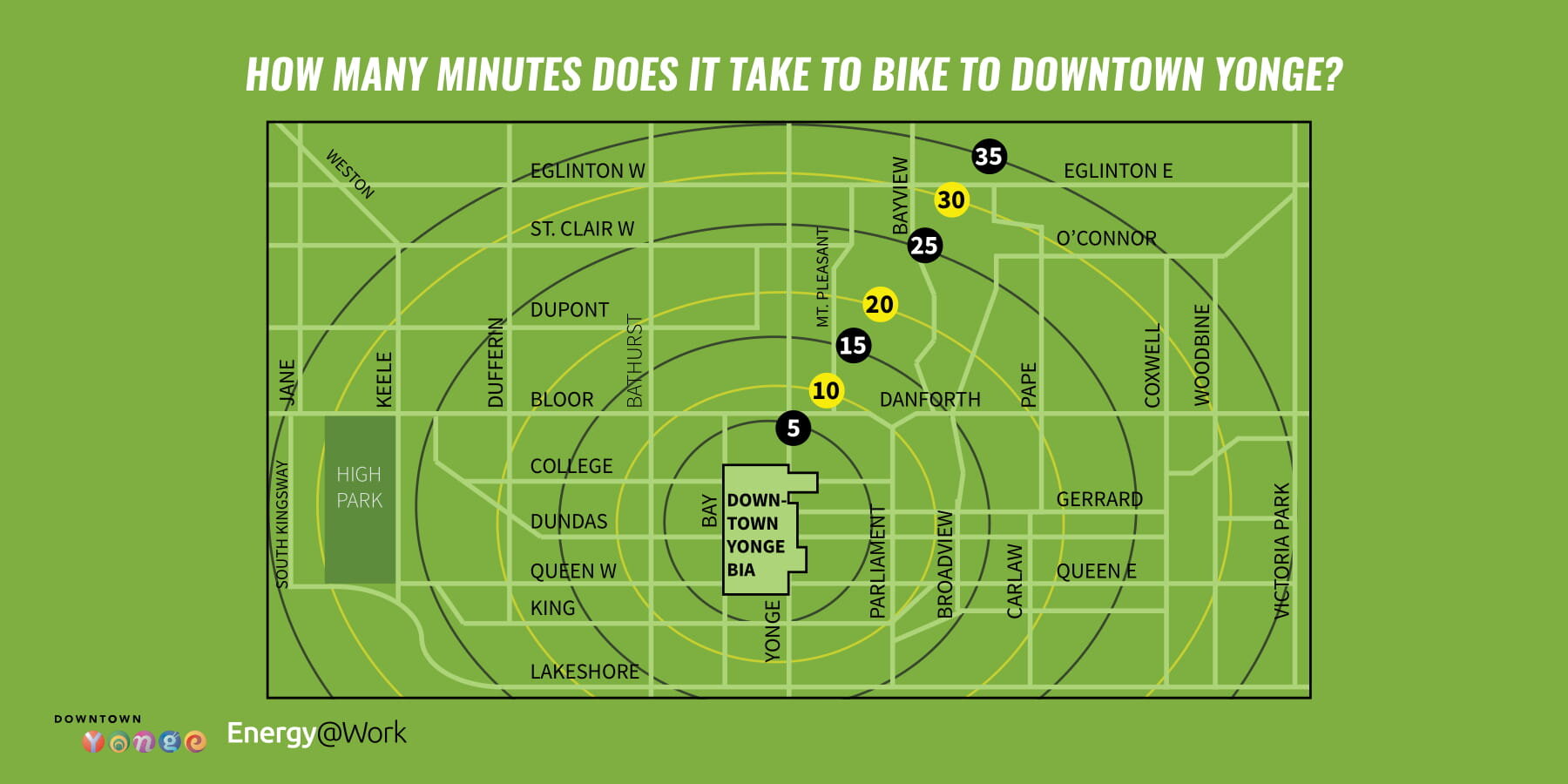Energy@Work’s Letter to the Ministry:
“We welcome the Ministry’s commitment to develop a 2021-24 Conservation and Demand Management (CDM) Framework and your invitation to comment and provide insight through our CDM experience. We are open to a future discussion on these and other points as well.
CDM is the most cost effective means to achieve stability in Ontario’s electricity sector. CDM can also be the catalyst to Ontario’s economic recovery, environmental performance improvement and is also used to assist our own sustainability management plan. Providing, of course, that the CDM programs makes sense. This is tricky part; the devil is always in the details.
We would like to assist the Ministry’s efforts through our CDM experience as well as experience from other incentive programs. The following is our ‘detail’ response that will help remove the ‘devil’ that too often appears in CDM programs that have not considered customer experience.
1) Develop Customer-Centric CDM focused programs and not just an alternate option to Supply constraints
Customer-centric refers to programs that directly benefit the ratepayers that are paying for CDM.
2) Return energy audit funding that covers 50%.
Energy Audits are effective in helping us identify opportunities and build our Energy Management Action Plan (E-MAP). Audit funding was cut last March 2019 when CDM was transferred to the ieso and is not appearing in the proposed framework.
3) Replace the current Energy Performance Program (EPP) with Toronto Hydro’s OPSaver program.
Detailed experience on both programs are available that demonstrate the superior benefits of the OPSaver program. OPSaver also provides the flexibility to allow the customer to choose what is in their best interest.
4) Allow the customer to assign the incentive to a 3rd party that will make the 3rd party responsible for the paper work.
Incentives are typically transferred to the project cost; however, the customer remains responsible for tracking down the paperwork. If the third party receives the incentive, they will ensure the disposal certificates and related paper work is completed and are in the best position to ensure submissions are completed. The incentive agreement can still be signed by the customer.
5) Instruct the ieso to stop hiring US companies to audit Ontario programs since they are not familiar with Ontario’s electricity market
The early CDM investment was intended to build Ontario capability and we have a wealth of young people that are searching for opportunities and are extremely well qualified but need the experience. Trying to explain GA and other Ontario programs to a US based consultant is a time waster.
6) Instruct the ieso to focus on programs that help customers reduce kWh Vs PR campaign
We have witnessed excessive advertising which can be better served by programs that return $$ to the property in exchange for kWh. Good programs with smooth delivery that drive results is always the best means of promotion.
7) Develop, in partnership with NRCan’s Existing Building Commission (EBCx), a COVID response
COVID is requiring buildings to review their Current Facility Requirements. The EBCx approach, when completed properly, offers a significant opportunity to improve. Working through NRCan becomes a cost effective and Canadian solution that address the root cause issues that often get overlooked. Additional information is available on NRCan EBCx experience and the new CSA EBCx standard is available.
On related subjects, these are 3 additional suggestions that would benefit Ontario- and at no cost!
i) Require the Global Adjustment (GA) Monthly Cost of over $1.2 Billion/month to be audited quarterly
– a mere 5% savings would more than cover Ontario’s total CDM investment! 5% improvement is a typical target of our programs (which we routinely achieve as a minimum) and can become the same for GA.
ii) Request value be derived from the EWRB process.
We ‘manage what we measure’ but have not seen value from this process.
iii) Allow Ontario companies to have the first option on surplus electricity, without the GA cost.
We understand how electricity is traded based on the Hourly Ontario Energy Price (HOEP). However, exported “Surplus” electricity is also traded the same way using HOEP, which does not include GA. This same electricity should be first offered to Ontario customers before it is delivered out of province but without the GA cost, which our US cousins receive.
(An auction can be set up and Ontario companies, such as energy storage and other large producers, can bid for this surplus electricity.)
Thank you in advance for the opportunity to contribute and looking forward to clear direction on CDM programs that work in supporting Ontario.”
To provide YOUR feedback click here



















